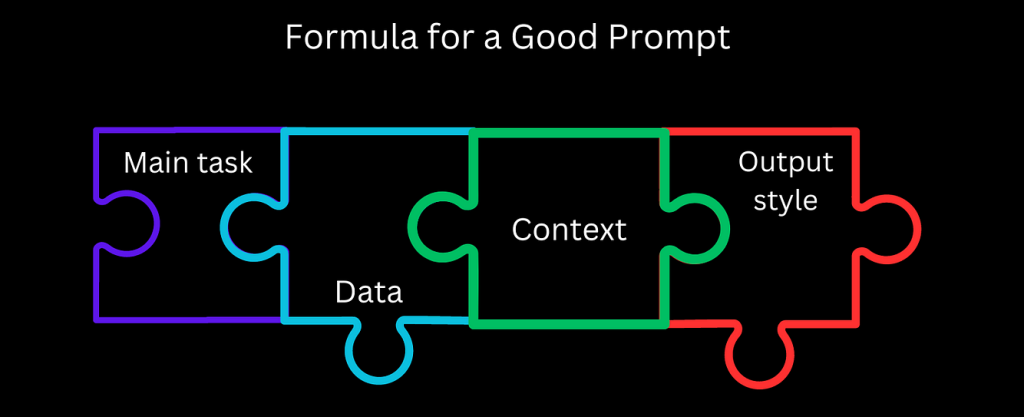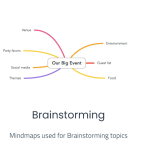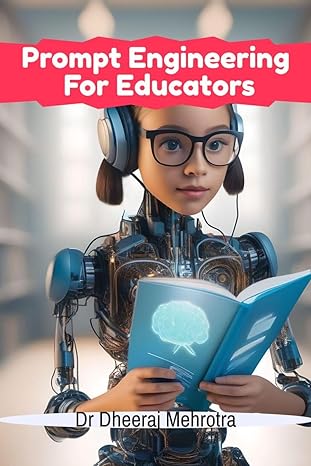Explore, Learn, Achieve: Your Physics Journey Starts Here
Many of us have started to use AI tools like ChatGPT , Gemini to get answers based on our needs. If the question is elaborated by adding more contextual information, the response that we obtain is almost accurate. But, think about how AI seems to know what we need. This starts with something called prompt engineering. This means designing questions / prompts that help AI give us the best answers. Let’s look at what this involves and how you can do it.
Understanding the Desired Output
Prompt engineering begins with a clear end in mind. Say you’re a teacher using an AI to make a history quiz. You shouldn’t just say, “Make 10 questions quiz in the History subject for 8th grade .”
Instead, say: “Create a 10-question quiz on World War II, focusing on major battles and political leaders. The audience for this would be 8th grade students, who have begun to learn history for the first time.” This tells the AI exactly what to make, ensuring it meets your educational goals.
Identity and Tone
Who you are and the role you give the AI shape how you write your prompts. If you’re a teacher, your prompts should be formal and precise. But if the AI is simulating a casual blogger, the prompts should be more relaxed. This difference in identity affects how the AI talks and what it says. So in the previous paragraph, mention that “Imagine you are a History teacher having an experience of a decade in teaching CBSE students and you will be testing their knowledge on certain topics of History by conducting a Quiz“. Use this sentence in the beginning to create a persona and a tone to the quizzes created.

Contextual Details Matter
Where you use prompt engineering matters. Writing content for a bank requires different information than for a health blog or travel vlog. Each area has its specifics. For finance, it includes compliance language and financial terms. For travel, it might involve cultural nuances. Your prompts need to fit these details to keep AI responses relevant and appropriate. You can also fine-tune the output (style) responses by asking the AI tool to output only a few lines or a detailed paragraph. In the above example, if i need the quiz to be represented in the form of an MCQ with 5 options instead of 4, I can write it as:
“ The quiz questions that you design should be an MCQ with 5 options. The following rubrics should be used while designing the options / distractors.
Rubrics:
- The distractors should not have an option ” None of the above.
- The questions in the MCQ should be only from Indian History and should be within the Syllabus. A copy of the syllabus is also pasted below <HISTORY SYLLABUS>
- None of the questions should have multiple options Correct
- Ensure that the question is stated clearly and unambigous
- The quiz should have a balanced mix of easy, medium, and difficult questions.
- Consider the time students will need to complete the quiz. Ensure that it is reasonable and provides students with enough time to think through their answers without feeling rushed.
Purpose Behind the Question
Why you ask something guides how you ask it. If you want detailed feedback on a service, your prompt should let users talk freely. But if you need a specific piece of information, like a product’s price, make your prompt direct and to the point.
Focus and Precision
Effective prompts get rid of confusion. For tech support, you might ask, “List steps to troubleshoot a wireless router.” This direct question should lead to a clear, actionable answer. On the other hand, a wedding planner might need more creative responses and might ask, “What are some creative, budget-friendly wedding themes for 2024?” These examples show that the focus and structure of your prompt can change the answers you get dramatically.
Crafting the Right Questions
Asking the right way is crucial. Need quick tips? Be direct and ask for brief answers: “Give three quick tips for beginner yoga poses.” Want a detailed discussion? Frame your question to encourage more information: “Discuss the health benefits of yoga for different age groups.” This shows that how you frame your questions affects the kind of answers you receive.
Conclusion
Learning to use prompt engineering is like learning a new language—the language of talking effectively with AI. As we use AI more across various areas, from education to business, knowing how to ask the right questions becomes essential. By making our prompts clear, appropriate for the context, and goal-oriented, we turn simple AI interactions into rich, effective dialogues. The book by Dr. Dheeraj Mehrotra is a good book to learn prompt engineering from Basics.
Happy Prompting!









